Crossrail’s impact and the new Custom House station: Design and redevelopment
Crossrail have released the latest in a series of videos looking at station design and implementation with the newest focusing on Custom House station located between Woolwich and Canary Wharf.
Like other videos it’s a fascinating insight into details you may otherwise miss.
As for the station itself, it’s hardly the most awe-inspiring and many will see it as purely functional at best. Indeed, over the years many have questioned why it even exists, with some suggestions London City Airport to the east would have been preferable for the Elizabeth Line.
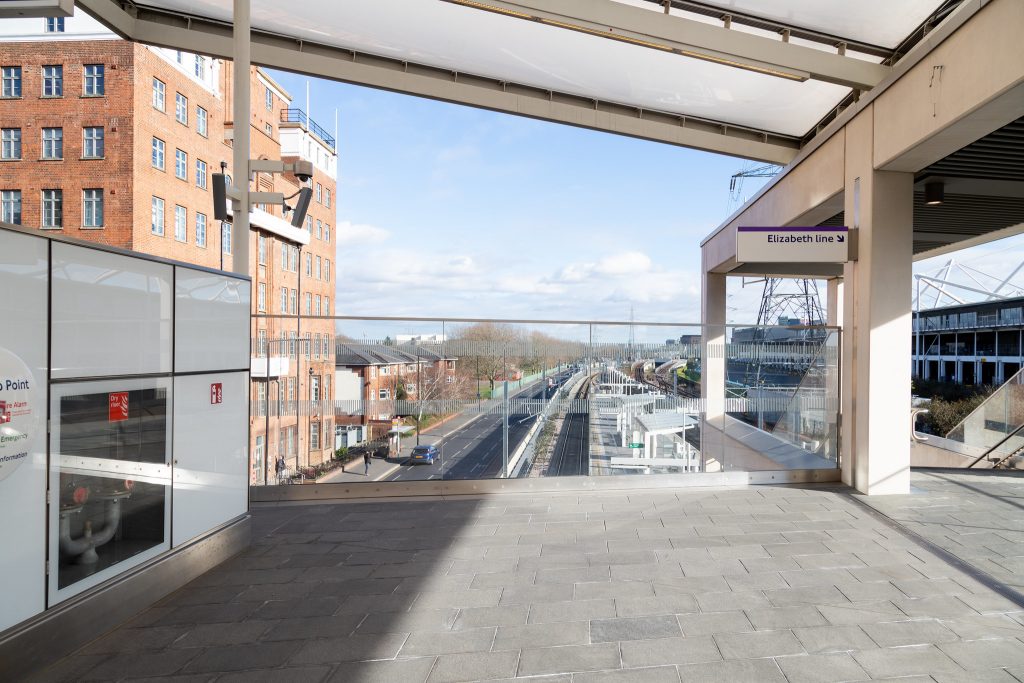
Back when even Woolwich didn’t have a station, Custom House was firmly on the map and has long been so.
Why? Compared to many stations on the line it does seem a rather sleepy location with much low-rise housing, though of course the Excel exhibition site is nearby which is set to see expansion after approval in October 2021.
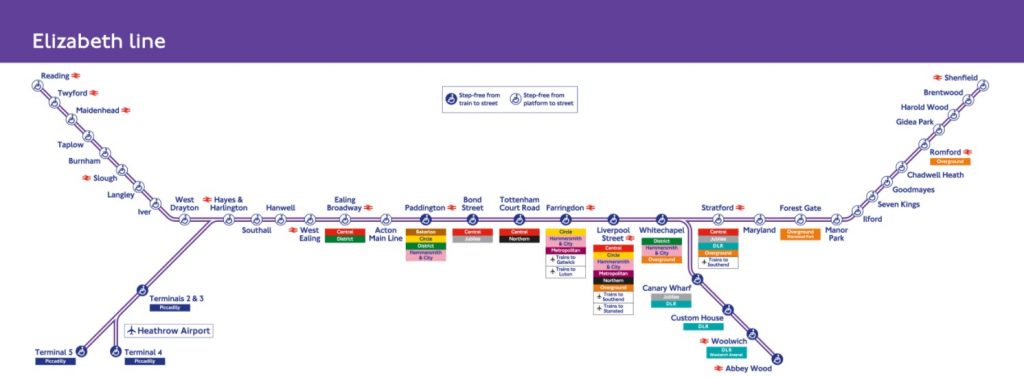
One major factor in the station’s existence offers a connection to the DLR’s Beckton branch, and crucially the station and Crossrail’s route through this part of east London was made a lot easier as it could re-use much of the alignment of the old North London line that ran to North Woolwich and closed in 2006 before the DLR took over some of the route for its extension to Woolwich Arsenal, which opened in 2009.
The DLR didn’t use all the former infrastructure, leaving Crossrail able to swoop and embrace what was there.
That meant infrastructure such as the then-disused 1878 Connaught tunnel could be utilised for Crossrail after upgrades were undertaken.
New homes, of course
The Custom House area also sees plans for many new homes near the station. You don’t build an £18 billion railway and not build homes near stations.
There’s not much evidence of development right now in the vicinity of the station compared to many stations along the line.
If you pass Abbey Wood station, for example, two new towers are visible and there’s multiple sites that’ll bring thousands of homes within a mile radius.
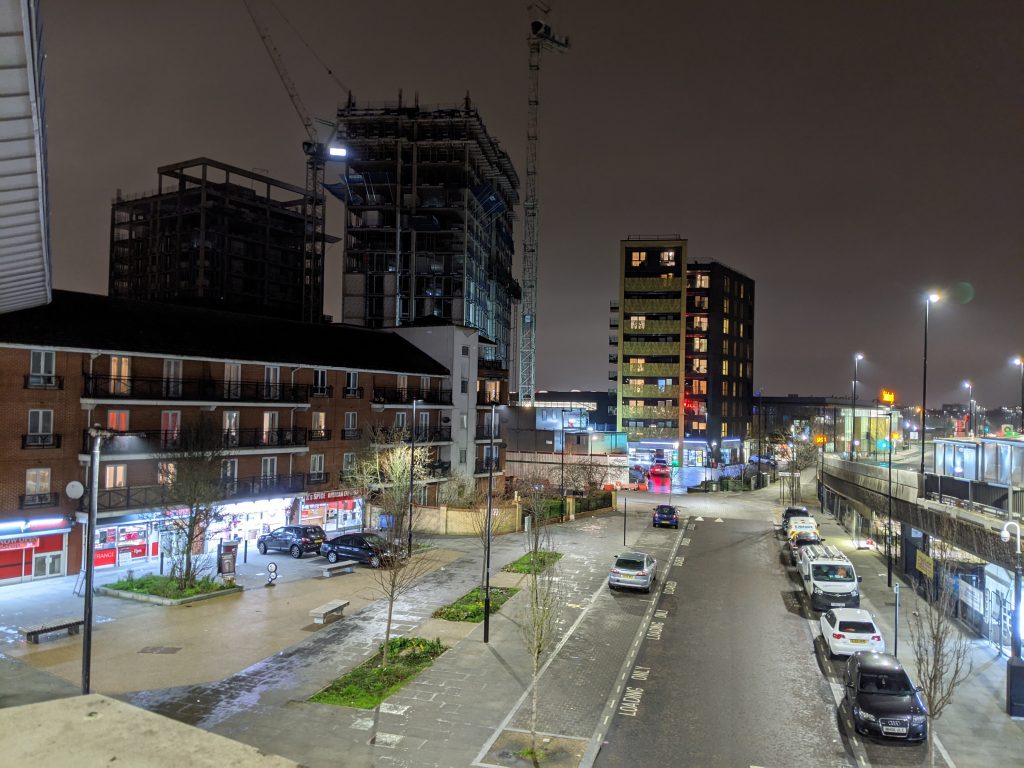
Woolwich too is a hive of activity with proposals in the area. It seems that every month or two I’m covering another one. The latest being nearly 500 homes in the town centre submitted last week as part of a major new development including a leisure centre.
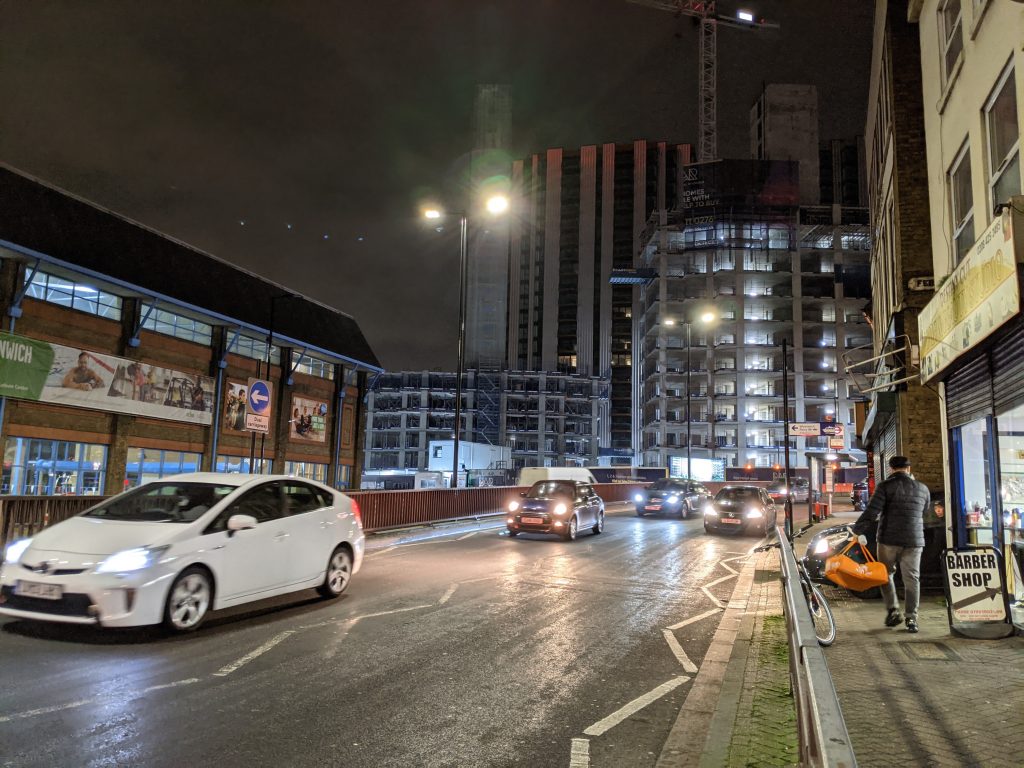
Yet when the public can finally board an Elizabeth Line service, Custom House may seem a little quiet compared to other locations east and west. That though, will change.
One tower is rising to the south west of the station, with others set to join to the west.
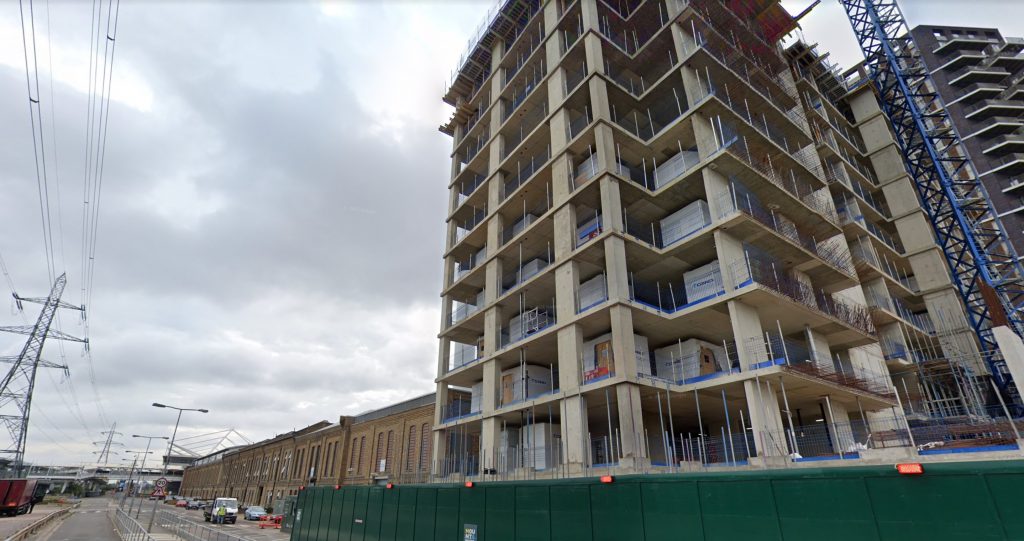
A number of further towers will rise along Seagull Lane as part of Royal Eden Docks. That’ll bring over 800 homes a two minute walk away.
Excel and Mount Anvil are behind this, and they’re really packing them in. Design merit is slim to none.
An existing car park will be demolished for homes alongside vacant adjacent land.
Council plans
Newham Council also plan to demolish much housing to the north of the station at low-rise estates, with some blocks already surrounded by hoardings.
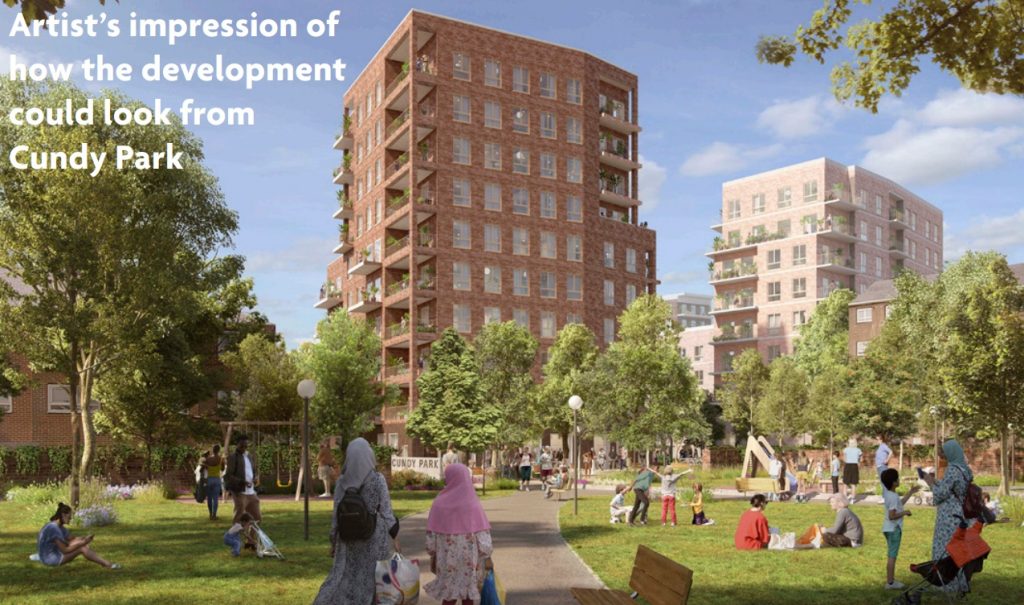
The authority are planning up to 900-homes centred around the station and Freemasons Road.
Much housing in the area is straight from the mid 20th century London County Council’s design manual. It’s puts me immediately in mind of being in, say, Abbey Wood.
Aside from terraced housing, pavement parking is as bad as Abbey Wood, but on the flip side it looks like a few pence have been spent on streets over the past 20 years which isn’t something that can be said for Greenwich Council and Abbey Wood estate.
Slightly later housing from the 1960s and 1970s in the area is similar to that seen in lower Plumstead.
Custom House also sees the odd low rise housing boarded up and awaiting demolition.
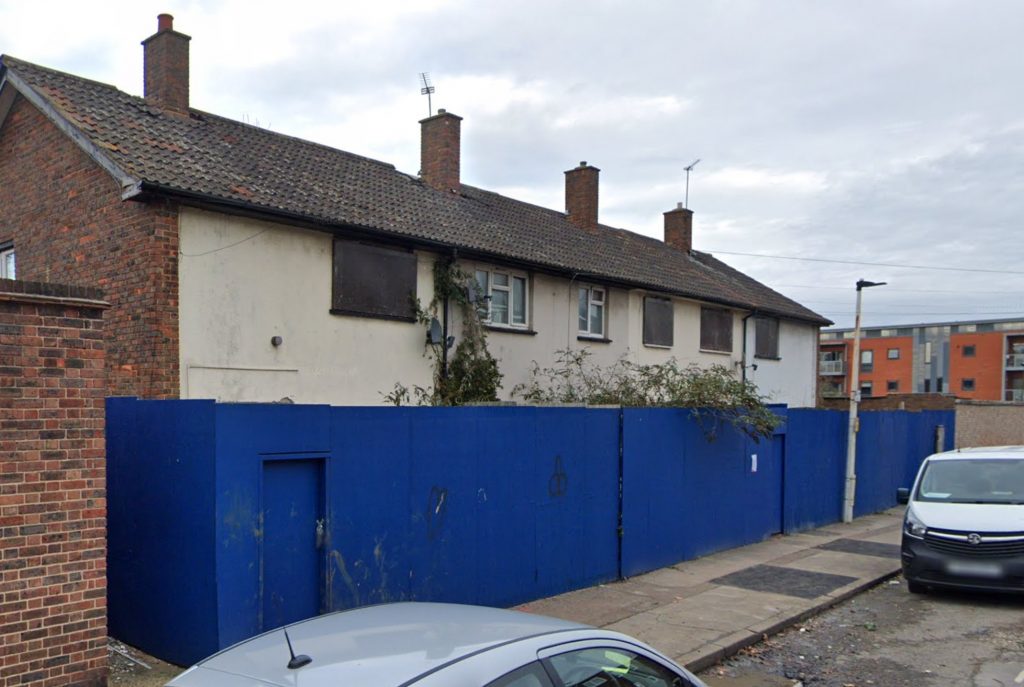
Public housing in this area is a fascinating story in its own right. Not too far away is the infamous Ronan Point tower which partly collapsed two months after opening due to a gas explosion.
Low-rise housing now sits on the site.
And that is what lays behind much of the current plan. Low-rise housing built at a time when London was seeing a reducing population – by design – is now an obstacle given a rising population.
Thus some – but not all – is set to be rebuilt in an area beside a station where many areas will be a short hop away on public transport.
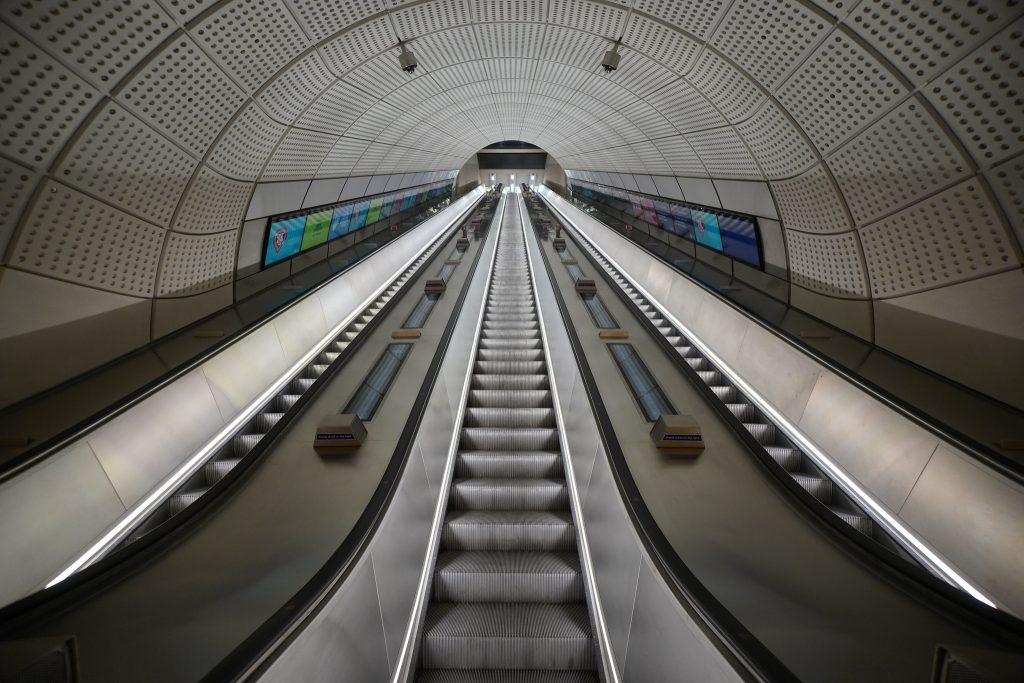
It clearly appeals to developers, and with London’s population now surpassing its 1930s all-time record, is needed to ensure people can reach work, leisure and other amenities quickly and easily if ever more urban sprawl is avoided.
That however, is scant relief for those who live in those homes near the station, but on the flipside many live in area many, many miles from amenities.
What’s important is to ensure those evicted can return and continue to live in good quality – and crucially – truly affordable housing.
Running a site alone takes time and a fair bit of money. Adverts are far from enough to cover it and my living costs as a private renter.
You can support me including via Paypal here Another option is via Patreon by clicking here You can also buy me a beer/coffee at Ko-fi here There's also a Facebook page for the site here Many thanks

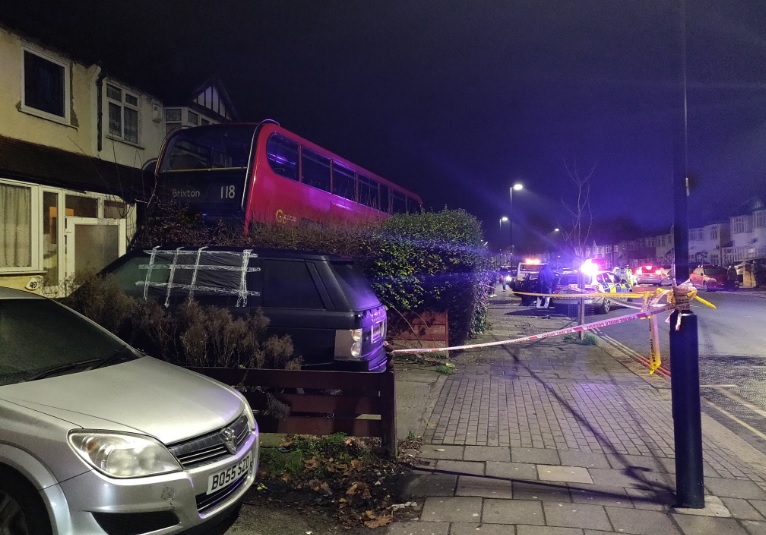


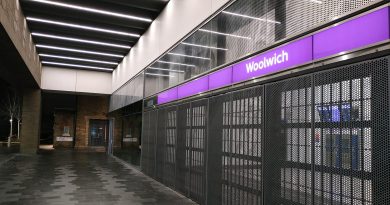
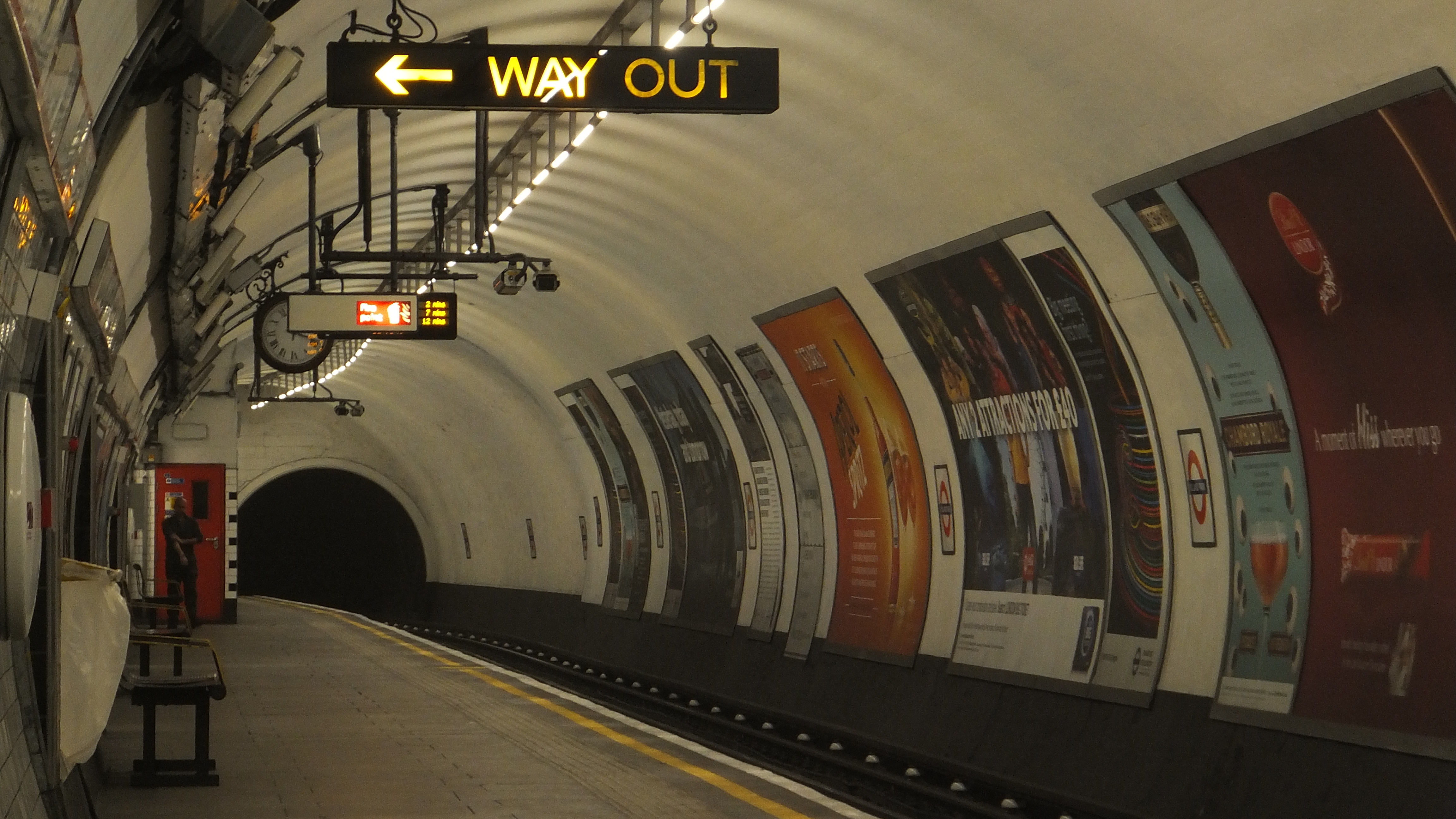
The councils plans for around the north of the station seem small to me when compared to Canning Town station. Like some of the proposed buildings next to Custom House station are like 5 storeys high despite the station being ONE stop(3 mins) from Canary Wharf. Meanwhile Canning Town station has 20 floor developments going up all around it all the time. South of Custom House station next to Excel/around the dock outside of the councils masterplan area also has 20+ storey buildings going up for over a decade now.
For reference you can find the more detailed masterplan views if you Google “William Paton Gardens” then click the customhousee16.co.uk link instead of just the artist impression of one of the dozen buildings on the Newham site.
It seems that’s because not all low rise housing is part of the plan as it appears much is in private hands. Often via right to buy making rebuilding very expensive. No such concerns in a fair bit of Canning Town hence the 20+ floor blocks. On that note work is now underway on another I recently noted just east of the flyover and station.
The area around Custom House has a lot of low rise residential buildings. Perhaps there was fierce resistence to going high. The forest of high rise developments is rather oppressive and it makes a change to have something on a more human scale.
The now vanished Silvertown Station used to be the stop for London City Airport and there was talk of putting in passive footings for a possible future station.